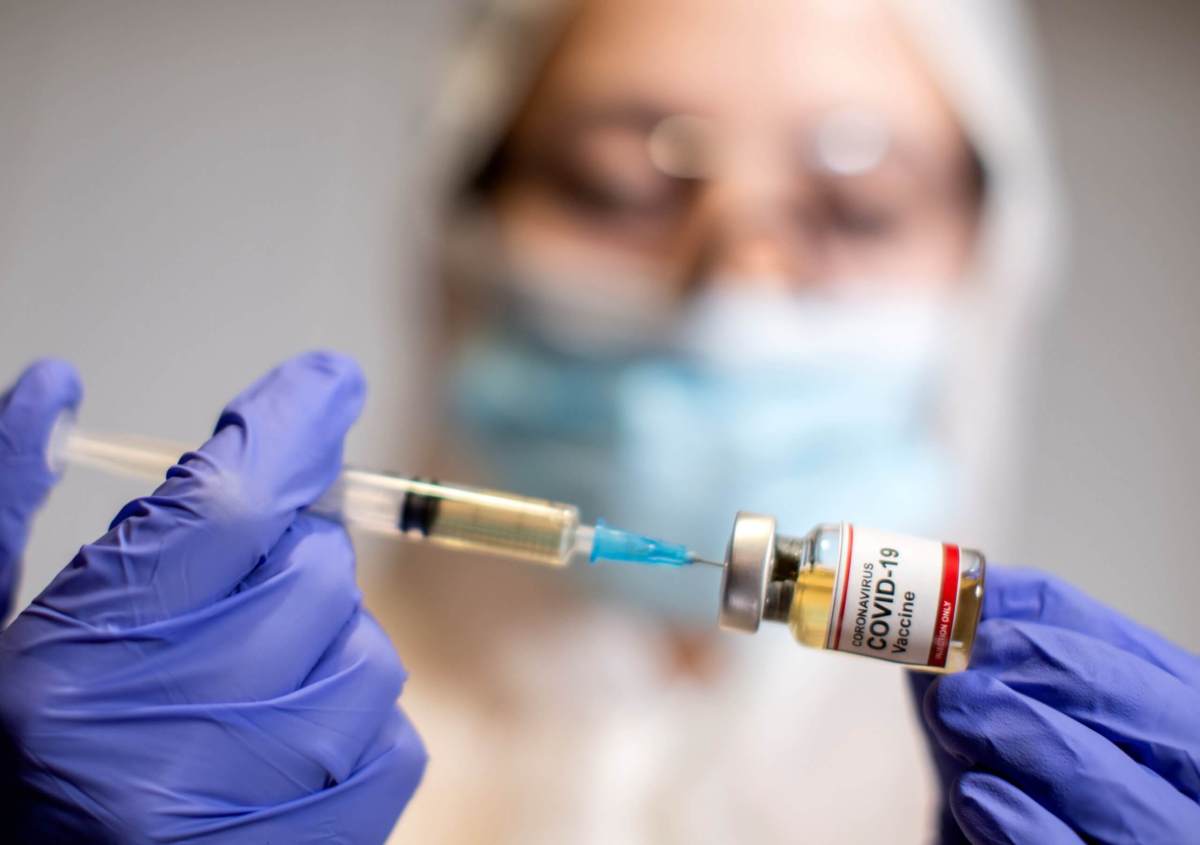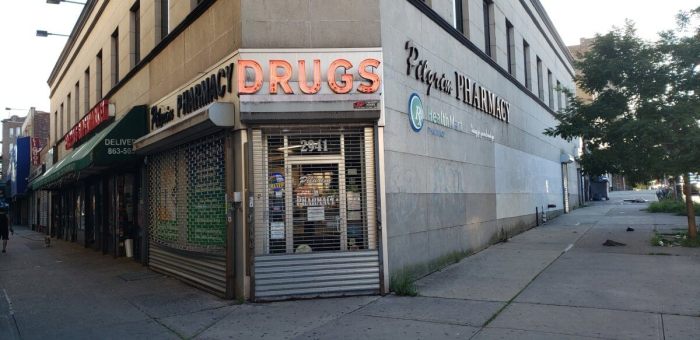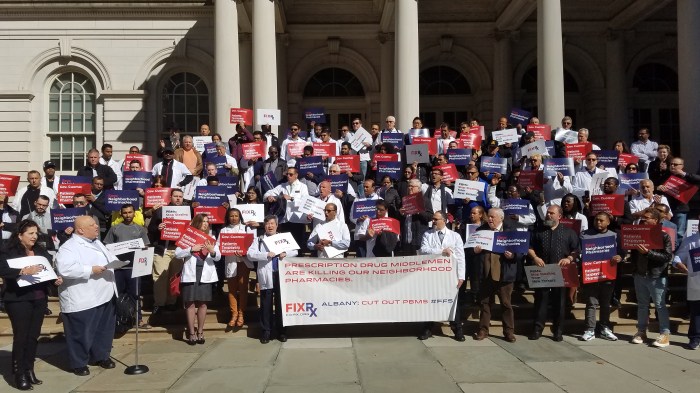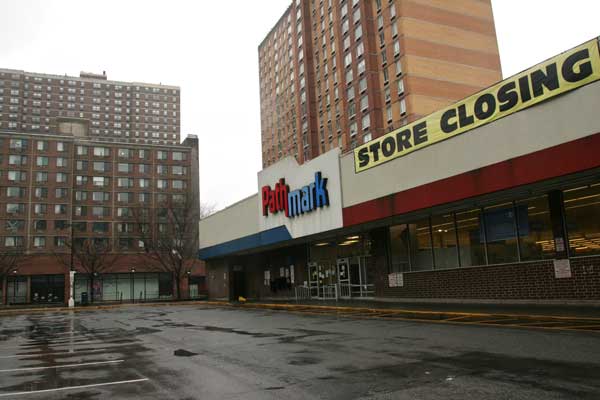With the past day’s news cycle dominated by jubilation over Pfizer’s 90% efficacy results for its COVID-19 vaccination candidate and caution from politicians, including president-elect Joe Biden, over the months leading up to its arrival in the U.S., many are turning to the crucial questions surrounding vaccine distribution. Pharmacy representatives hold key positions on both the Trump administration and Governor Andrew Cuomo’s task force, and any distribution plan is likely to depend to a large extent on both chain pharmacies such as CVS, Duane Reade and Rite Aid, and the 7000 independent pharmacies spread across the state. Tom, D’Angelo, president of the Pharmacists Society of the State of New York (PSSNY) spoke with amNewYork Metro about the readiness of the state’s pharmacists to begin this vaccination effort.
Calling the results from the Pfizer trial “very encouraging,” D’Angelo spoke strongly of his faith that the FDA will do their due diligence in selecting a safe and effective vaccine to roll out across that nation. His biggest concern is over vaccine skeptics or anti-vaxxers and what effect a large part of the population opting out of receiving the vaccine would have on combatting the spread. D’Angelo suggested educating communities and outreach as an antidote for this, but with the Trump administration slow to detail federal funding for community outreach—or any kind of strategy of engagement beyond the private sector—it is not clear how these inroads will be made.
D’Angelo does foresee community engagement taking place to some degree, most likely with community spaces being turned into vaccine administration centers, in a similar manner as to that in which COVID testing centers were set up, but as of now, the details are lacking. An advantage of private sector distribution that he emphasized was the ability of chain and independent pharmacies to be responsive to demand by hiring additional staff members. However, if additional equipment—such as refrigeration units to store the vaccine at a specific temperature—is required by private pharmacies, the state and federal government have no answer yet as to where pharmacies will find the funds to install these. Likewise, although everyone is in broad agreement that the uninsured should receive the vaccine, the route by which pharmacies will be reimbursed for this service is also not known.
D’Angelo drew attention to a very specific organizational barrier in vaccine administration as regards NY state: in NY, pharmacists, unlike in other states, are not automatically eligible to administer all CDC recommended vaccines. When a vaccine has been selected, NY state pharmacists must go through an additional approval step in order for pharmacists to legally administer the COVID vaccine. With the state task force still in discussions, D’Angelo drew attention to the fact that the authorization period for administering a new vaccine on a statewide level stands at 90 days. Faced with this waiting period and the urgency surrounding vaccination plans, Governor Cuomo would need to issue an executive order—similar to the order issued on March 7 authorizing pharmacists to conduct COVID rapid testing—for the state’s pharmacists to be able to proceed with vaccinations. D’Angelo anticipates a small fallout from moving ahead in this way; although most pharmacists will feel confident in giving out the vaccine following a governor’s executive order, there will be pockets of business owners who will be cautious in joining the effort due to the possibility of jeopardizing their license to practice or encountering a lawsuit after the possible occurrence of unforeseen side effects. There is also a slight contradiction in the tiered system, which sees pharmacists themselves fall into the second immunization group while simultaneously charged with the frontline vaccine administration effort.
For D’Angelo, the primary concern at this time is in ironing out the specifics of these vaccine tiers. With emergency services personnel the first group the government plans to vaccinate, closely followed by at-risk patients such as the elderly in nursing homes, D’Angelo stressed the need to make the process orderly and clear. Only in this manner will a steady rollout be possible, with the situation incrementally bettering for the nation as a whole as the number of recipients increases, adding to the hypothesized immune pool of individuals who will have already been infected by COVID-19. In closing, D’Angelo stated, “This process is going to take longer than people imagine, so let’s get it started.”




































